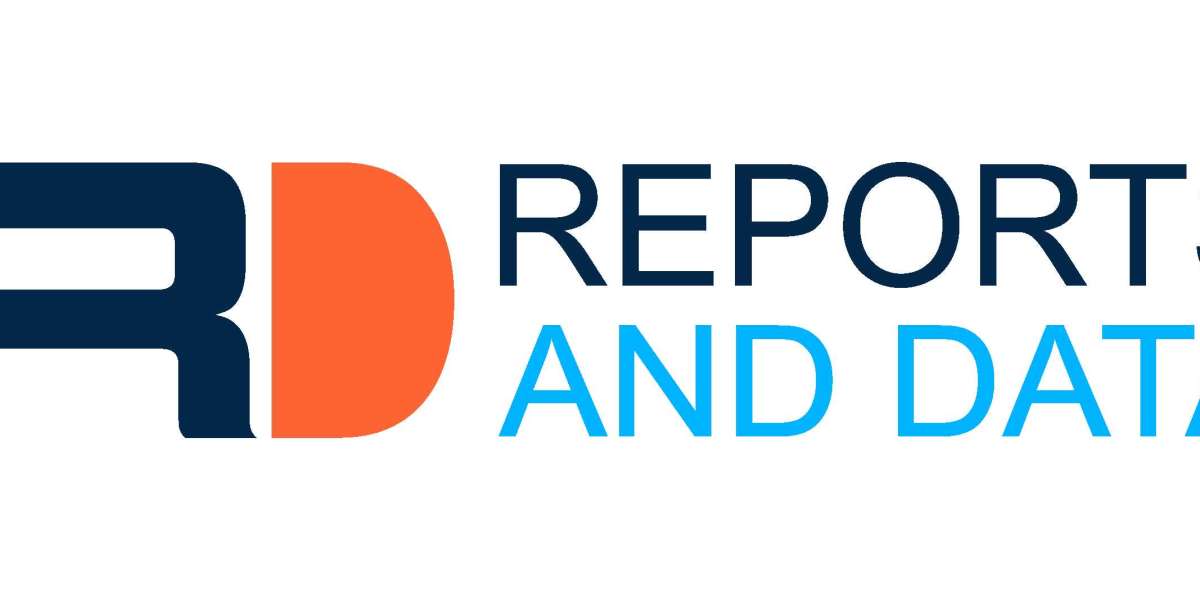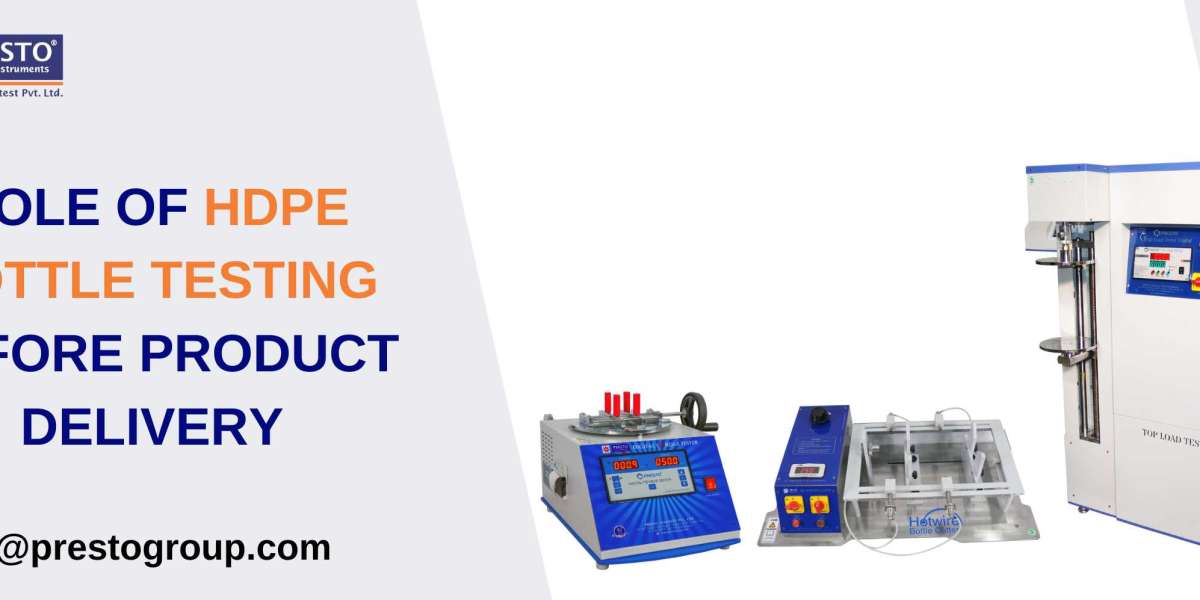As organizations increasingly rely on ChromeOS for business operations, the demand for certified professionals with the ability to manage ChromeOS environments is rising rapidly. Becoming a Google Professional ChromeOS Administrator is a pivotal step for IT professionals looking to validate their skills in managing and configuring ChromeOS devices across organizations. This certification is designed for those responsible for configuring ChromeOS policies, managing users and devices, and maintaining ChromeOS infrastructures.
In this article, we provide a comprehensive guide on how to prepare for the Google Professional ChromeOS Administrator exam. We’ll cover exam topics, best study strategies, and essential tips to help you excel.
What is the Google Professional ChromeOS Administrator Exam?
The Google Professional ChromeOS Administrator exam assesses a candidate's ability to implement, configure, and troubleshoot ChromeOS environments. It is aimed at IT administrators who manage Google Workspace for organizations, and their responsibilities may include:
- Deploying and managing ChromeOS devices
- Setting up ChromeOS policies and configurations
- Ensuring security for ChromeOS endpoints
- Managing user access and permissions
- Troubleshooting device and system issues
The exam consists of multiple-choice and scenario-based questions that challenge your knowledge of ChromeOS administration in real-world contexts.
Key Exam Topics Covered
To succeed in the Google Professional ChromeOS Administrator exam, you need to focus on several core areas that reflect real-life administrative tasks. Here are the major topics that you should master:
1. Configuring ChromeOS Devices
Configuring ChromeOS devices is a central part of the exam. This involves understanding device enrollment, configuration of device settings, and policy management. Key areas include:
- Enrolling ChromeOS Devices: Learn how to enroll ChromeOS devices into your organization's domain and ensure they are properly configured.
- Applying Policies: Master setting policies using the Google Admin console to configure device settings such as system updates, user restrictions, and network settings.
- Device Groups: Understand how to group devices for streamlined management, ensuring that specific policies apply to certain groups of devices.
2. Managing Users and Access
Managing users in the Google Admin Console is an important part of the role. This includes setting up user permissions and roles, as well as monitoring activity and ensuring compliance.
- Creating and Managing User Accounts: Learn how to add users, assign roles, and set up user access controls.
- Applying User Policies: Learn to enforce security and access policies for users, including password requirements, multi-factor authentication, and access restrictions.
- User Groups: Understand how to organize users into groups to apply specific settings and policies based on department or team.
3. Ensuring Security and Compliance
Security is a critical topic, and the exam will test your ability to implement security measures to protect your organization's data and devices.
- Implementing Security Policies: Be proficient in deploying security policies such as password management, device encryption, and data loss prevention (DLP) strategies.
- Managing ChromeOS Security Features: You should be well-versed in enabling secure browsing, protecting users from malicious content, and managing Google Safe Browsing and sandboxing features.
- Compliance Management: Know how to ensure compliance with regulatory requirements through Google Admin’s auditing and reporting tools.
4. Monitoring and Troubleshooting ChromeOS Devices
A ChromeOS Administrator should be able to troubleshoot and resolve issues in a ChromeOS environment, ensuring smooth operation for users.
- Monitoring ChromeOS Devices: Use the Admin Console to track device performance, system updates, and troubleshoot issues as they arise.
- Reporting and Auditing: Learn how to generate reports and logs for system activity, user behavior, and device health.
- Common Troubleshooting Techniques: Familiarize yourself with common ChromeOS issues such as network connectivity problems, device enrollment failures, and policy conflicts.
Study Strategies for the Exam
1. Leverage Google’s Official Resources
Google provides a wealth of study materials, including official documentation and learning paths specifically designed for ChromeOS administrators. Make use of the Google Admin Console Help Center and the Google Cloud Training platform to strengthen your understanding of the exam content.
2. Hands-on Practice
One of the best ways to prepare is to gain hands-on experience. If you're already managing a ChromeOS environment, take this time to explore advanced features and settings in the Google Admin Console. Set up a lab environment to practice configuring policies, managing users, and troubleshooting devices.
3. Use Practice Exams
Several online platforms offer practice exams that simulate the real test environment. These exams can help you identify areas of weakness and get a feel for the types of questions you'll encounter. Make sure to review both correct and incorrect answers to deepen your understanding.
4. Join Study Groups and Online Communities
Engage with other professionals who are preparing for the same certification. There are many online forums and communities where you can ask questions, share tips, and discuss best practices. Platforms like Reddit, Google Cloud Community, and LinkedIn are great places to start.
Exam Day Tips
1. Time Management
The Google Professional ChromeOS Administrator exam is time-bound, so it's essential to manage your time effectively. Practice pacing yourself during mock exams, and ensure that you allocate enough time to review your answers before submission.
2. Understand the Question Format
Some questions will be scenario-based, requiring you to apply your knowledge to real-world situations. Familiarize yourself with the types of questions by reviewing the exam guide provided by Google and practicing with similar scenarios.
3. Stay Calm and Focused
Exams can be stressful, but staying calm is key. Make sure to read each question carefully, eliminate wrong answers, and use your best judgment to choose the most appropriate response. Trust your preparation, and approach each question logically.
Post-Exam: What’s Next?
Once you pass the Google Professional ChromeOS Administrator exam, you'll be recognized as an expert in managing ChromeOS environments. This certification can open new career opportunities and demonstrate your value to employers. Beyond the certification, continuing your professional development through additional Google certifications, such as Google Workspace Administrator or Google Cloud Certified, will further enhance your skillset.
Conclusion
Becoming a Google Professional ChromeOS Administrator requires dedicated preparation, hands-on experience, and an understanding of the key areas outlined in the exam guide. By focusing on topics such as device management, user access, security, and troubleshooting, you'll position yourself for success.








